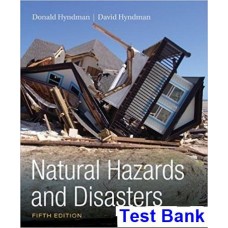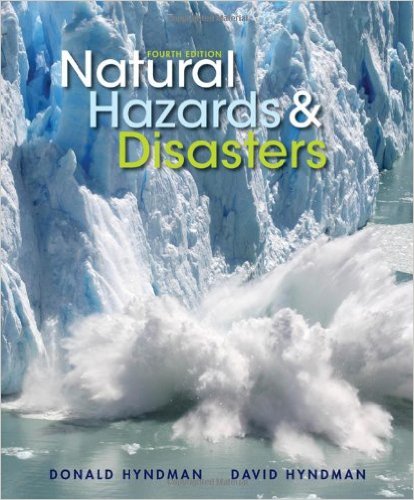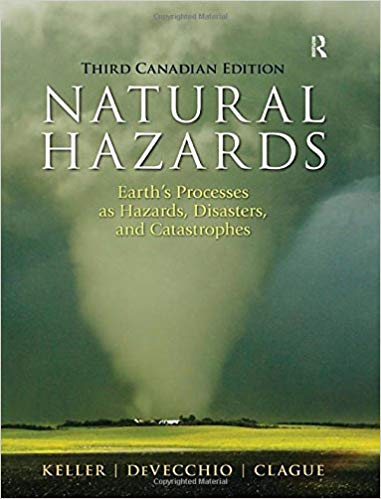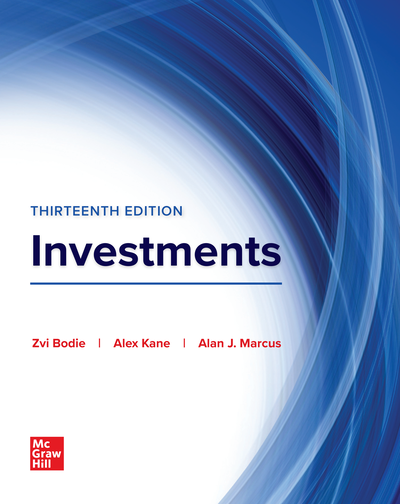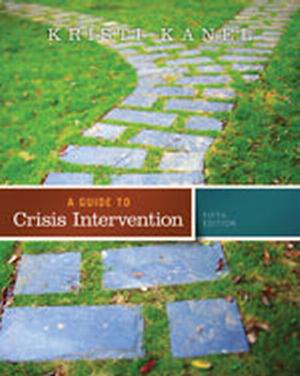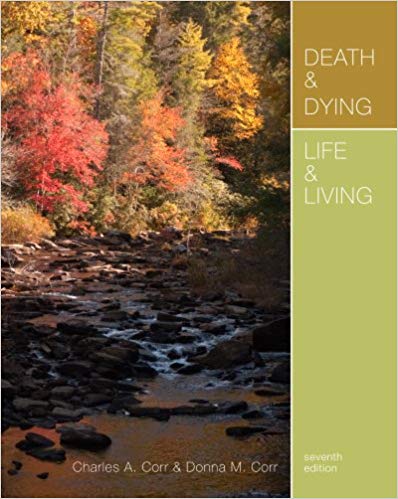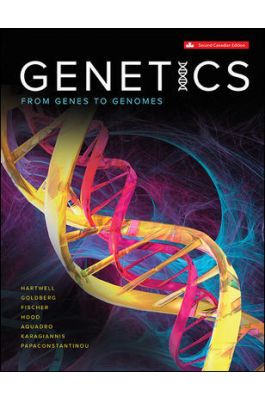Natural Hazards and Disasters 5th Edition By Hyndman – Test Bank
James: Nursing Care of Children: Principles and Practice, 3rd Edition
Do you need test banks fast? eTestBank.net is the best test bank website for you! Download your test bank right after you pay. No waiting!
Why eTestBank.net is Great:
✅ Instant Download:
Get your test bank right away after payment.
✅ Unlimited Downloads:
Download your test bank anytime and as many times as you want.
✅ 24/7 Live Help:
We are here to help you all day, every day.
✅ Guaranteed Delivery:
If you don’t get the download right away, we will send it to you in 3 to 6 hours.
How to Get Your Test Bank:
- Pick Your Test Bank: Choose from many test banks.
- Pay Safely: Pay securely on eTestBank.net.
- Download Instantly: Get your test bank immediately after payment.
- Download Anytime: Unlimited downloads whenever you need them.
Need Help? Contact Us:
📧 Email: [Support@etestbank.net]
📱 WhatsApp: [https://wa.me/message/MC222DLQ4GDXL1r]
Didn’t Get Your Download?
Don’t worry! If you don’t get the file right away, we’ll send it to you in 3 to 6 hours. Need it sooner? Contact us by email or WhatsApp.
💡 Buy now from eTestBank.net for instant downloads, unlimited access, and 24/7 support—get your test bank today!
|
1. Long fault lines spread out stress and produce smaller earthquakes than short ones. a. True b. False ANSWER: False REFERENCES: Faults and Earthquakes KEYWORDS: Bloom’s: Remember |
|
2. Stresses cause rocks to deform; earthquakes occur as the rock can no longer deform and ruptures. a. True b. False ANSWER: True REFERENCES: Faults and Earthquakes KEYWORDS: Bloom’s: Remember |
|
3. Earthquakes always occur at plate boundaries. a. True b. False ANSWER: False REFERENCES: Tectonic Environment of Faults KEYWORDS: Bloom’s: Remember |
|
4. Normal faults are most common near subduction zones. a. True b. False ANSWER: False REFERENCES: Tectonic Environment of Faults KEYWORDS: Bloom’s: Remember |
|
5. Transform boundaries are most closely associated with reverse thrust faults. a. True b. False ANSWER: False REFERENCES: Tectonic Environment of Faults KEYWORDS: Bloom’s: Remember |
|
6. The first earthquake waves received by a seismograph near the epicenter are P waves. a. True b. False ANSWER: True REFERENCES: Earthquake Waves KEYWORDS: Bloom’s: Remember |
|
7. The distance to the epicenter is determined by the time delay between the arrival of P and S waves. a. True b. False ANSWER: True REFERENCES: Earthquake Waves KEYWORDS: Bloom’s: Remember |

